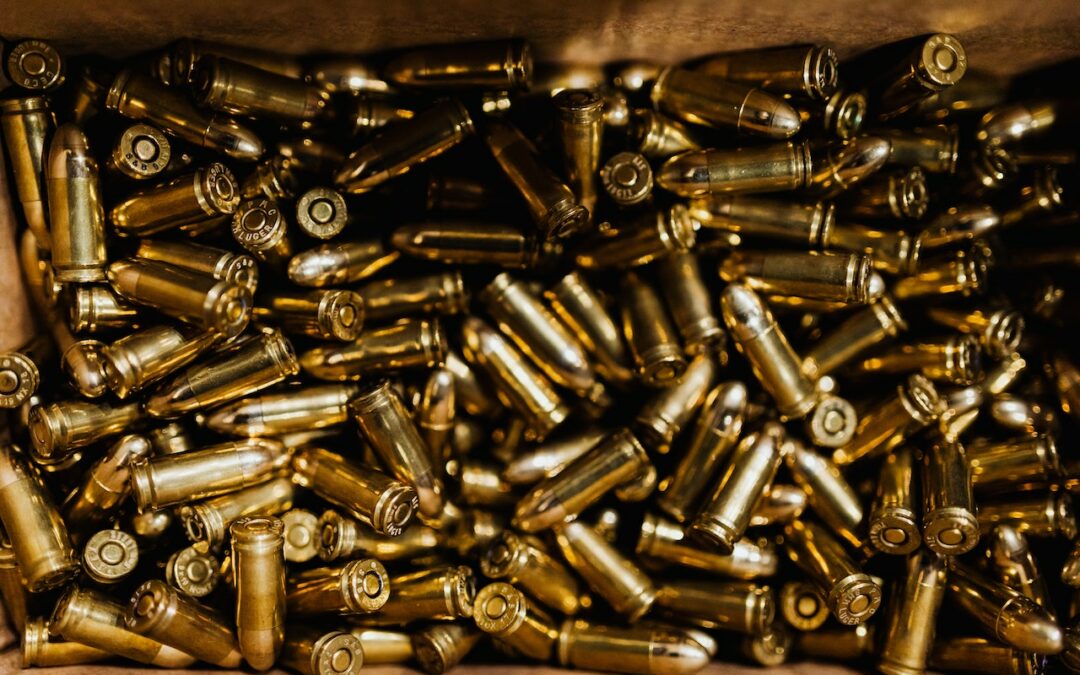When the end of 2020 rolled around, hunters became alarmed to find that ammunition supplies were incredibly hard to come by. This was called the Great Ammunition Shortage, where reloading supplies were also nowhere to be found, thus putting those who had been stockpiling components such as brass, powder, primers, and bullets in a better position than those who had not.
But now, it’s the moment to begin readying yourself for the next ammo shortage. Reloading is engaging, gratifying, and safe, and the components needed can be found in many sporting goods stores again. If you have been interested in reloading bullets but need help figuring out what to do, you’ve come to the right blog.
Why Reload Yourself?
Two reasons: cost and control.
Reloading ammunition is a way for shooters and hunters to save money and customize the ammunition for their specific rifles. It’s generally cheaper than buying factory-made ammunition, allowing users to adjust each cartridge’s components for optimal accuracy. It’s a process of trial and error, called load development, to find the best combination for the user’s rifle.
What Do You Need for Reloading Bullets?
If you’re interested in reloading bottleneck rifle cartridges, consider getting a reloading kit. This kit will not only save you money, but it will also contain items that will come in handy when you’re reloading. The kit’s components typically include the items necessary to start the process.
More advanced reloaders will need the following:
- Press
- Cartridge-set die and cast.
- Powder scale.
- Powder funnel.
- Powder trickler.
- Case loading block.
- Hand primer.
- Calipers.
- Case lube.
- Reloading manual.
- Case trimmer.
- Deburring tool.
- Case tumbler.
What Are the Steps in Reloading Bullets?
When reloading ammunition, take your time, pay close attention to the instructions in the reloading manual, and check your work multiple times to ensure safety is your top priority.
- Clean the brass: A case tumbler is used to clean and polish brass cases for reloading. Vibrating tumblers with corn cob media are the most common, but rotary tumblers also work. The goal is to get the cases shiny and clean to ensure smooth cycling.
- Inspect the case: Inspect reloading cases for defects like cracks, bulges, and corrosion, especially if they were not fired once.
- Resize and de-prime: Inspect reloading cases for defects like cracks, bulges, and corrosion, especially if they were not fired once.
- Trim the cases: Resized cases are usually longer than their original form and need to be trimmed back to the “trim-to length” listed in your reloading manual if they exceed the “max case length.”
- Prime the cases: Use a hand primer to insert a large rifle primer into the primer pocket of each case. Refer to your reloading manual to determine the correct kind of primer.
- Load cases with powder: Be very careful when charging your cases. Pay attention to the instructions and use the correct powder amounts to avoid potential risks.
- Seat the bullets: To seat bullets correctly, refer to your reloading manual to find the designated COAL for the type of bullet you’re using, then seat the bullet to the depth that achieves that COAL using a bullet seating die and a set of calipers.
- Crimp the bullets (optional): Your set may come with a crimping die, which squeezes the case into the bullet. It’s not necessary for cartridges fired in bolt-action rifles, but if it makes you feel more confident in your reloads, go for it.
In Closing
Make safety the priority when reloading bullets. So always purchase the right kit or equipment and apply what you’ve learned in this beginner’s guide!
Get Reloading Accessories at Fair Prices from RedEye
We’ve got discounted prices for ammunition, brass, bullets, and other items to make reloading bullets a safer, more affordable alternative than buying factory ammo. Visit our online store today!
